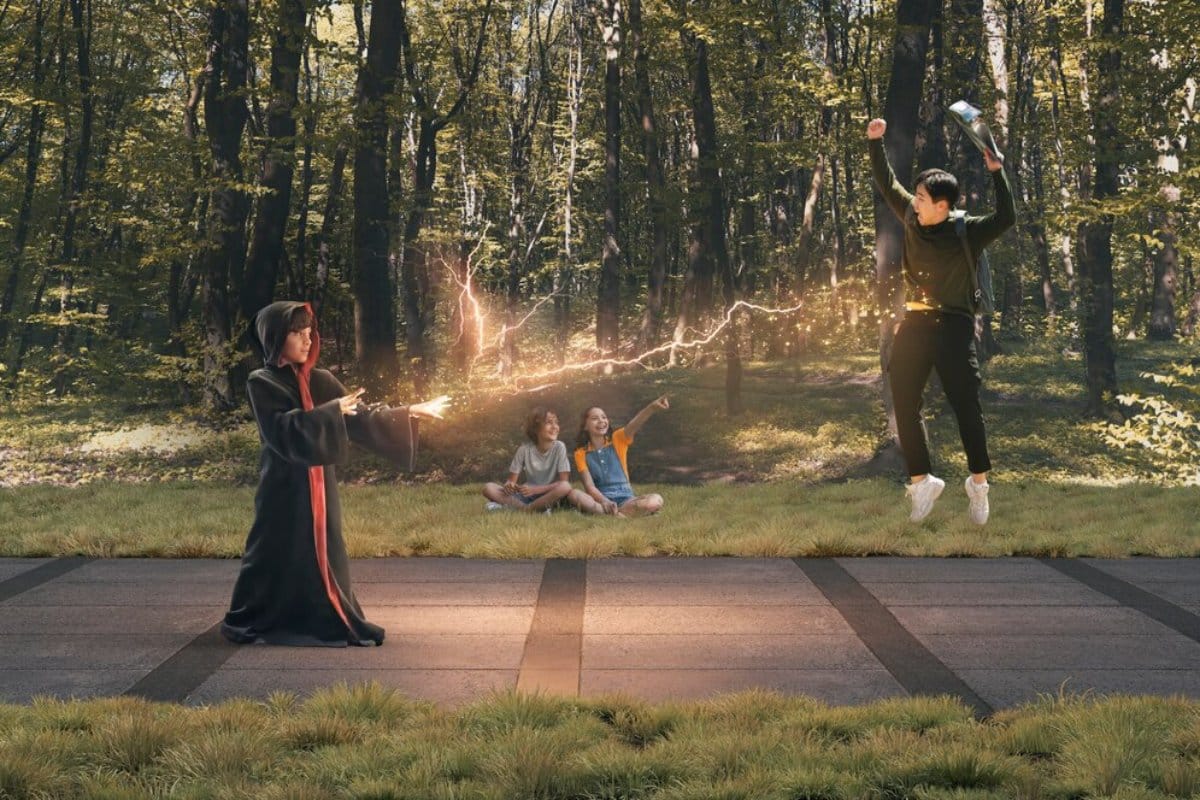
Practical Effects vs. CGI: Which One Delivers the Best Movie Magic?
When it comes to movie magic, few debates stir as much passion among film fans and creators as the one between practical effects and CGI in movies. Whether it’s a spaceship soaring through galaxies or a monster bursting from the shadows, the way these moments are created matters—and often influences how audiences connect with what they see.
Some viewers love the gritty realism of handcrafted sets and puppets, while others marvel at the limitless possibilities of computer-generated imagery. Both styles have their strengths, and when used well, they become powerful filmmaking techniques that bring stories to life.
So which delivers the most impactful movie magic? Let’s break it down.
What Are the Practical Effects?
Practical effects (also known as special effects) are physical, real-world effects created on set. These include:
- Makeup and prosthetics
- Animatronics and puppetry
- Miniatures and models
- Controlled explosions and pyrotechnics
- Weather effects like rain or fog machines
- Forced perspective tricks and set design
These are built and performed in front of the camera—no digital post-production is required (at least not for the effect itself).

What Is CGI?
CGI (computer-generated imagery) refers to digital effects created using software. It’s one of the most widely used filmmaking techniques today and includes:
- 3D characters and creatures
- Entire environments and worlds
- Digital doubles and face replacements
- Simulated fire, water, and smoke
- De-aging actors or creating digital avatars
CGI allows filmmakers to craft things that would be impossible, unsafe, or too expensive to do practically.
The Strengths of Practical Effects
Despite all the technological advances in film, practical effects remain beloved for good reasons.
1. Tangible Realism
Because they’re physically present, practical effects can feel more grounded and believable. Actors interact with real props, sets, and creatures, creating a more immersive performance.
2. Timeless Appeal
Well-crafted practical effects age better than early CGI. Classic films like Jurassic Park, Star Wars, and The Thing still hold up decades later because of their practical craftsmanship.
3. Creative Ingenuity
Filmmakers using practical effects often think outside the box—using lighting, editing, and camera tricks to create illusions. This inventive spirit gives many films a unique visual identity.
4. On-Set Impact
Seeing something physically happen during a take—like a real explosion or a prosthetic transformation—adds excitement and authenticity to the scene.
The Power of CGI in Modern Filmmaking
There’s a reason CGI is everywhere—it opens doors that practical effects simply can’t.
1. Limitless Imagination
CGI can bring to life entire universes, mythical creatures, or superhero powers. It allows for complete creative freedom with fewer physical constraints.
2. Enhanced Safety and Scale
Dangerous stunts, massive battles, and other high-risk scenes can be done digitally, keeping actors and crews safe while still delivering thrills.
3. Cost-Effective Over Time
For large-scale scenes, CGI can sometimes be cheaper than building enormous sets or using hundreds of extras.
4. Post-Production Flexibility
Need to change a scene after filming? CGI makes it possible. Backgrounds, effects, and even character expressions can be adjusted long after the shoot.
Practical Effects in Action: Iconic Examples
Some of the most memorable moments in film history were achieved with practical effects.
The Thing (1982)
Rob Bottin’s creature designs and animatronic effects remain some of horror’s finest. The grotesque transformations were done entirely with practical tools—no CGI involved.
Mad Max: Fury Road (2015)
Director George Miller relied heavily on real vehicles, stunts, and explosions. The result? A high-octane spectacle that feels raw and exhilarating.
Jurassic Park (1993)
Yes, it used CGI—but the film’s raptors and T-Rex were mostly animatronics. That blend of practical and digital set a new benchmark for realism.
CGI at Its Best: When Digital Shines
When done well, CGI in movies is seamless and breathtaking.
Avatar (2009)
James Cameron’s sci-fi epic set a new standard for world-building. Pandora’s landscapes and Na’vi characters were fully digital yet emotionally compelling.
The Lord of the Rings Trilogy
Gollum, created through motion capture, showed how CGI can deliver nuanced performances. The films also blended practical effects with digital enhancements beautifully.
The Avengers Series
CGI brought to life superheroes, massive battle scenes, and alien worlds—things that could never be filmed practically.

The Best of Both Worlds
Many filmmakers agree that the strongest results come from combining practical effects with CGI.
This hybrid approach uses practical elements as a base, with CGI used to enhance or expand them. This keeps scenes grounded while allowing for creative flexibility.
Examples of blended techniques:
- The Dark Knight used real explosions and stunts, with minimal CGI touch-ups
- Inception built rotating hallway sets but used CGI for folding cities
- The Shape of Water used prosthetics and costume design with digital enhancements
This approach often delivers the most satisfying movie magic.
Where Each Technique Falls Short
While both styles have strengths, they also have limitations.
Practical Effects Challenges:
- Physically demanding to build, transport, and maintain
- Less flexibility in post-production
- Sometimes limited in scale or emotion
CGI Drawbacks:
- Can look “fake” if poorly rendered or overused
- Expensive and time-consuming in the editing phase
- May reduce on-set performance if actors work with green screens or placeholders
Finding the right balance between artistry and technology is key.
Final Thoughts: It’s Not Either/Or—It’s About the Story
At the end of the day, the debate between practical effects and CGI in movies isn’t about picking sides—it’s about choosing the right tool for the job. These filmmaking techniques shape cinema and deliver unforgettable visual storytelling.
Great filmmaking techniques enhance the story, not distract from it. Whether it’s a perfectly timed puppet effect or a beautifully rendered digital world, the best visual effects serve the characters, the plot, and the emotional core of the film.
So rather than asking which is better, the real question is: how can filmmakers use each to create unforgettable movie magic?
Because when done right—practical or digital—movie magic feels just as real as anything else on the screen.